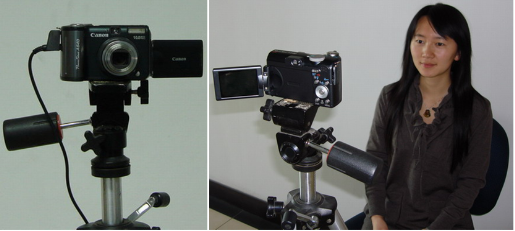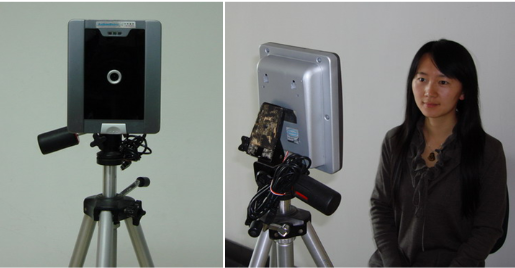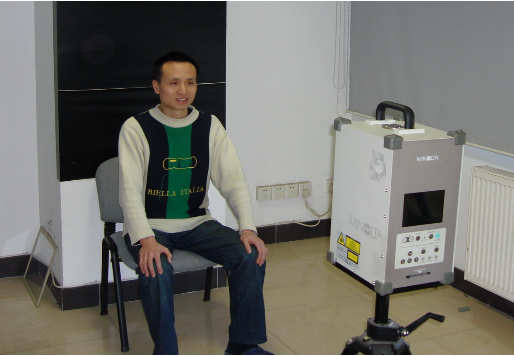Face images can be captured in different spectral bands, e.g., in Visual (VIS), near infrared (NIR), or thermal infrared (TIR), or as measurements of 3D facial shape. These different image types, due to different image formation characteristics or principles, are said to be heterogeneous. Although heterogeneous face images of a given person differ by pixel values, the identity of the face should be classified as the same. Biometric methods by processing and matching between heterogeneous face images are collectively referred to as heterogeneous face biometrics (HFB).
While face biometrics have traditionally been based on VIS face images, recent years we have seen developments in non-visual image based face biometrics, including 3D, TIR, and NIR based methods. These methods are advantageous over VIS image based ones in that they are less affected by illumination changes. However, on the other hand, many applications, such as E-Passport, require visual (VIS) image based enrollment.
Interest in HFB arises from applications involving matching between heterogeneous face images. For example, one would like to take NIR face images, which overcome uncontrolled illumination changes, as the query, and match them against VIS face images in the target set as required by applications. Study on relationship and mapping between heterogeneous face images is also an interesting problem from pattern recognition and machine learning viewpoints.
A face database, composed of visual (VIS), near infrared (NIR) and three-dimensional (3D) face images, is collected. Called the HFB Face Database, it is released now to promote research and development of Heterogeneous Face Biometrics (HFB). The HFB face database consists of 100 subjects in total, including 57 males and 43 females. There are 4 VIS and 4 NIR face images per subject. For the 3D faces, there are 2 face images per subject for 92 subjects and 1 per subject for the other 8 subjects. Fig. 1, 2 and 3 show the capture devices and environments for three modalities.

Fig. 1 The VIS camera and the capture environment

Fig. 2 NIR face camera and the capture environment

Fig. 3 3D face capture device and environment
This release of HFB database Ver.1 includes the following:
- The raw images, including (1) the VIS and (2) the NIR images of size 640x480 in the JPEG format, and (3) the 3D faces with wrl format;
- The processed 3D faces: Face regions not belonging to the face are discarded and then the 3D data is processed by removing high noise and filling holes using an interpolation algorithm. Finally, the 3D points are sampled to form the depth images. The sizes vary from image to image.
- The eye coordinates of the VIS, NIR and 3D depth images, manually labeled.
- Cropped versions of the raw VIS, NIR and depth images. The crop was made in two sizes, 32x32 and 128x128, and is done based on the eye coordinates.

